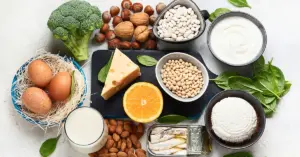18 blood sugar-friendly staple foods recommended
On the one hand, the number of people with diabetes and prediabetes is increasing year by year. Studies have shown that about 1 in every 3 adults is in the prediabetes stage.
On the other hand, maintaining stable blood sugar is not only a health need, but has also gradually become a lifestyle for young people to pursue in controlling sugar and weight.
The key to controlling blood sugar levels is to maintain stable levels, avoiding significant fluctuations. Traditional refined white rice and steamed bread are unhealthy because they are quickly digested, causing blood sugar levels to rise rapidly.
Does this mean we have to live an ascetic lifestyle? Of course not! The following 18 staple foods are all relatively blood sugar-friendly options.
1. Pasta (GI = 33-52, low)
Pasta is mostly made from durum wheat, which has a dense gluten structure and is difficult to digest. Therefore, even pasta made from refined white flour still has a GI value between 33 and 52, making it a low-GI staple food.
Key points for purchase:
- Look for durum wheat.
- Avoid overcooking when boiling; maintaining a firm texture helps manage blood sugar levels.
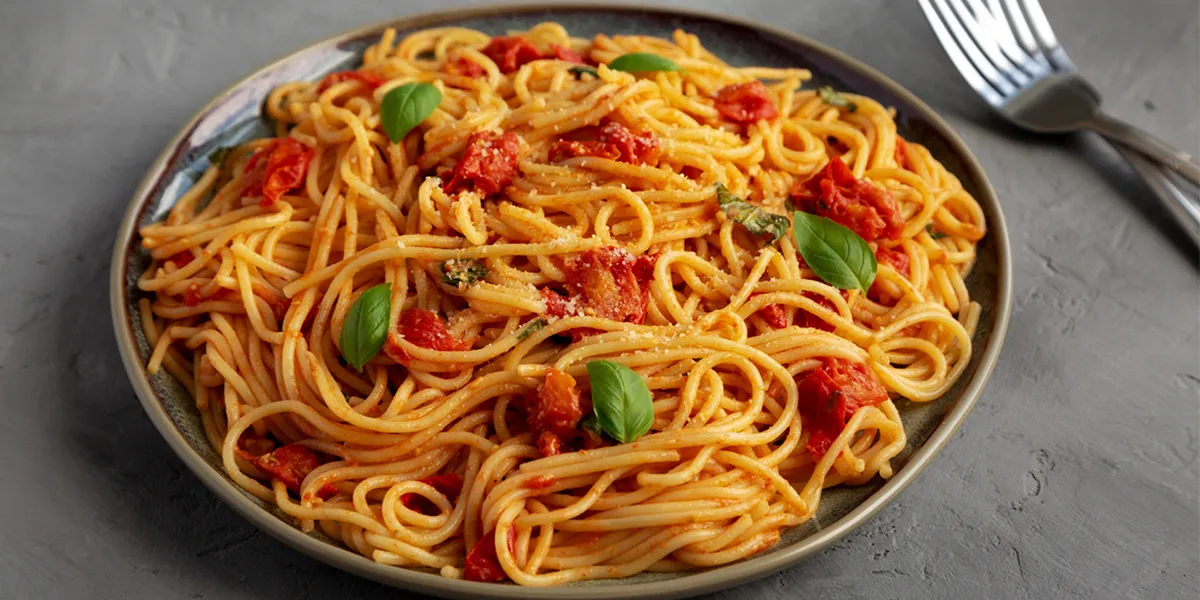
2. Rice noodles (GI = 51-70, medium)
The production process of rice noodles includes cooking and cooling. This cooling process causes the starch to age, forming resistant starch, which reduces the digestion rate.
The GI of some Guilin rice noodles is even only 37, close to that of low-GI staple foods.
Key points for purchase:
Rice noodles made from indica rice (long-grain rice) have a higher amylose content and are digested more slowly.
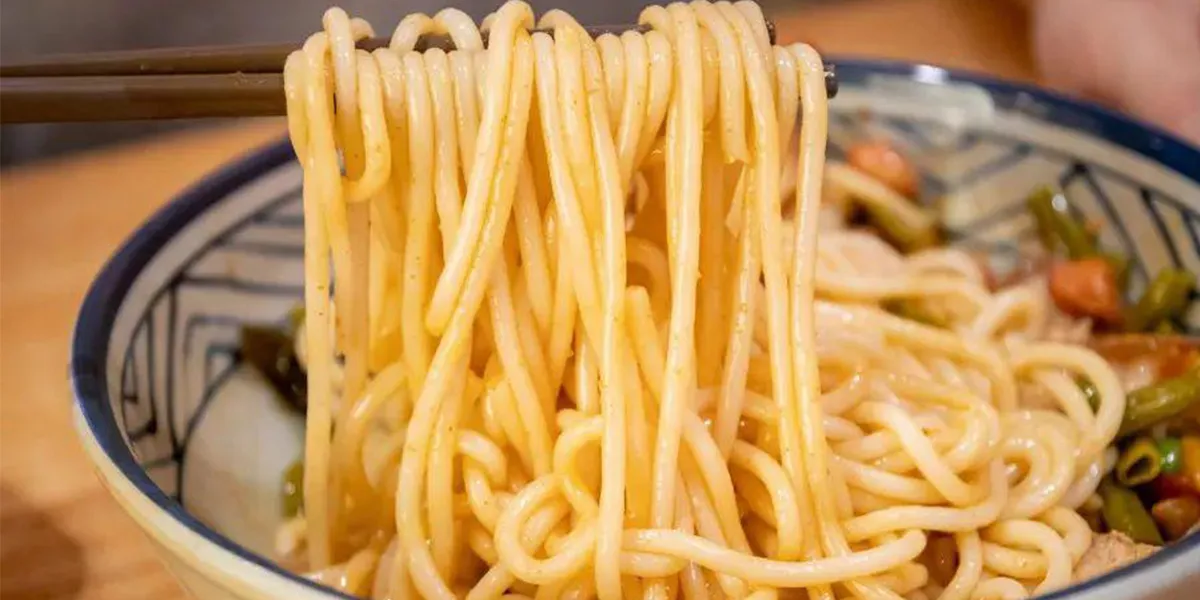
Product | Calories (per 100 g) | Carbohydrates (g) | Fiber (g) | Protein (g) | Glycemic Impact |
Regular Wheat Noodles | 138 kcal | 25 g | 1 g | 4 g | High |
Konjac Noodles | 10–15 kcal | <1 g | 3–5 g | <1 g | Very Low |
High Protein Noodles | 120–150 kcal | 15–20 g | 3–4 g | 12–18 g | Moderate–Low |
3. Potato flour noodles/Sweet potato flour noodles (GI = 14-35, low)
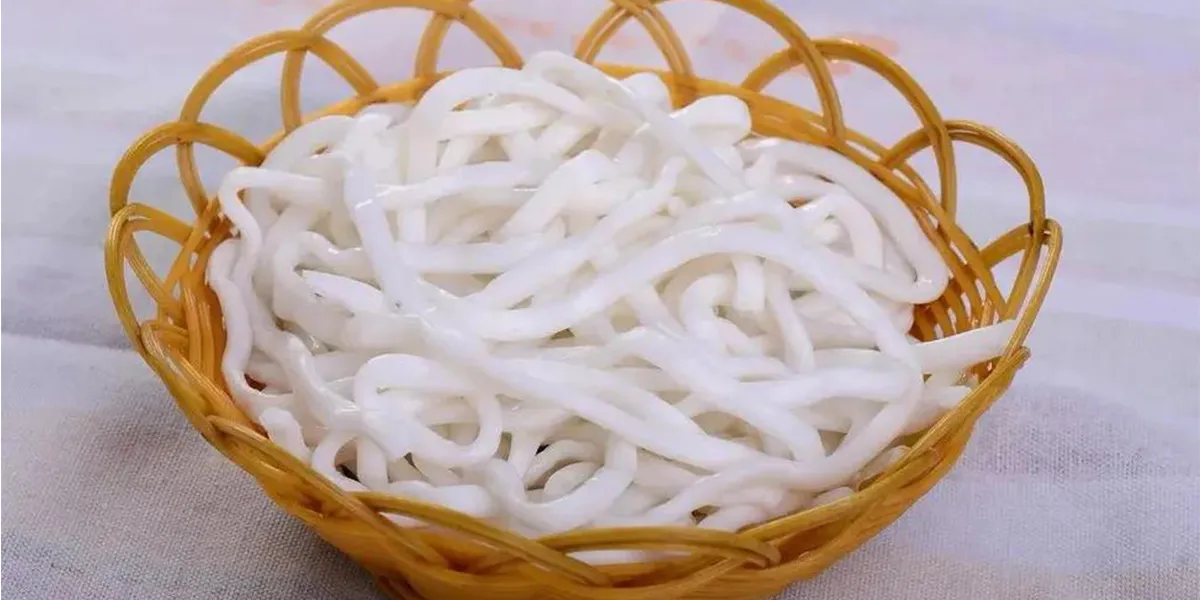
4. Udon noodles (GI = 38-62, medium-low)
Gluten flour is added to udon noodles during the processing to wrap the starch granules and delay digestion.
Tip: Adding some vinegar when eating can help further lower blood sugar after meals.
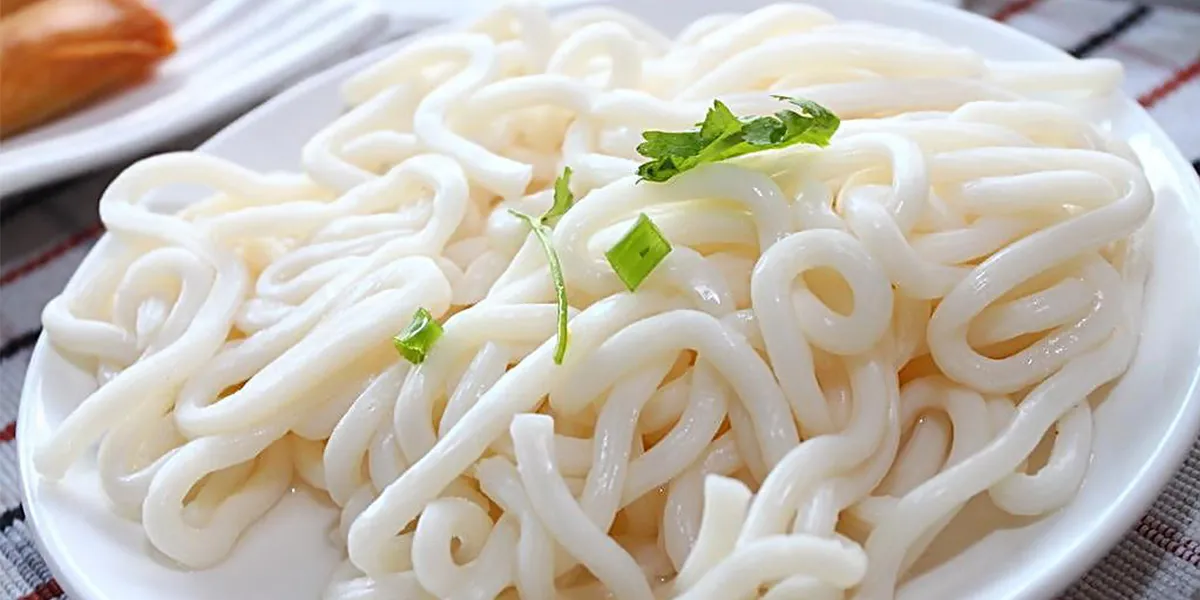
5. Buckwheat noodles (GI = 59, medium)
Buckwheat flour contains dietary fiber, resistant starch, and protein, which has certain advantages for blood sugar-friendly.
Key points for purchase:
- Choose whole-wheat flour buckwheat noodles to preserve the nutrients in the grains.
- Adding konjac flour or a high-protein formula will help control sugar levels even better.
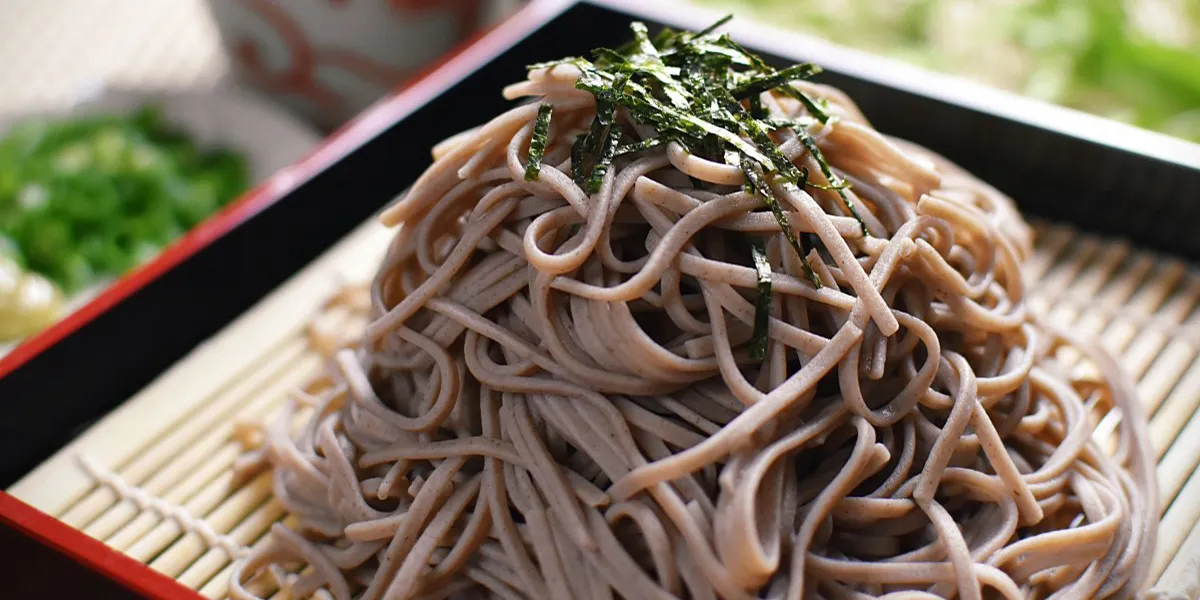
6. Hummus (GI = 22, low)
Tip: If you’re craving mashed potatoes, you can always swap them for hummus.
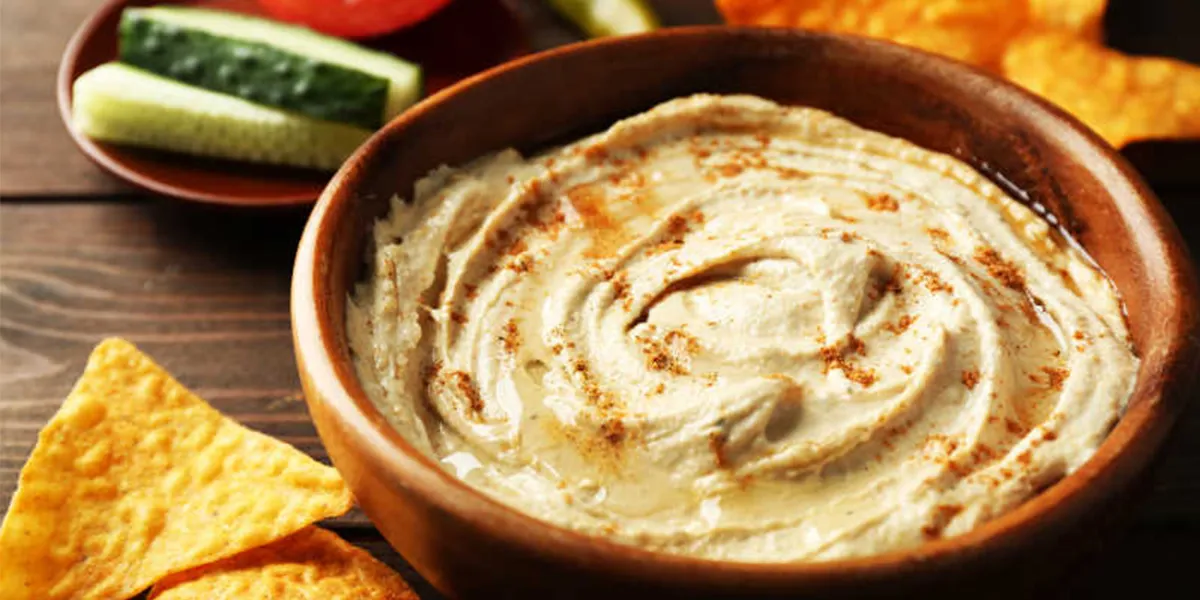
7. Black rice porridge (GI = 42, low)
Black rice (especially non-glutinous black rice) is digested more slowly than white rice and has a lower GI value.
Tip: Adding some mixed beans (red beans, mung beans) to cook together will help stabilize blood sugar-friendly.
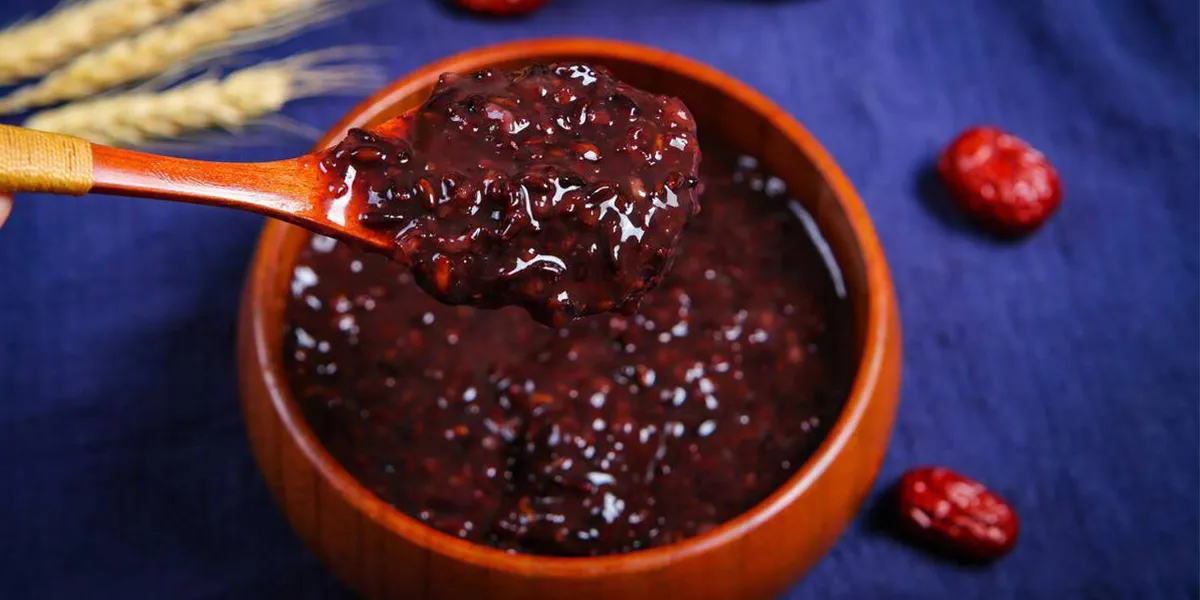
8. Konjac noodles (GI ≈ 0, very low)
Konjac noodles are the star of a blood sugar-friendly diet!
Konjac noodles are primarily composed of glucomannan (a soluble dietary fiber) and contain virtually no bioavailable carbohydrates, resulting in a GI value close to 0.
- Not only does it not significantly raise blood sugar, but it also increases satiety and helps manage weight.
- It’s an ideal staple food alternative for diabetics and those trying to control their sugar intake.
Key points for purchase:
Note that some konjac noodles may contain added starch or flavorings. It is best to choose products with a clean ingredient list and mainly konjac flour.
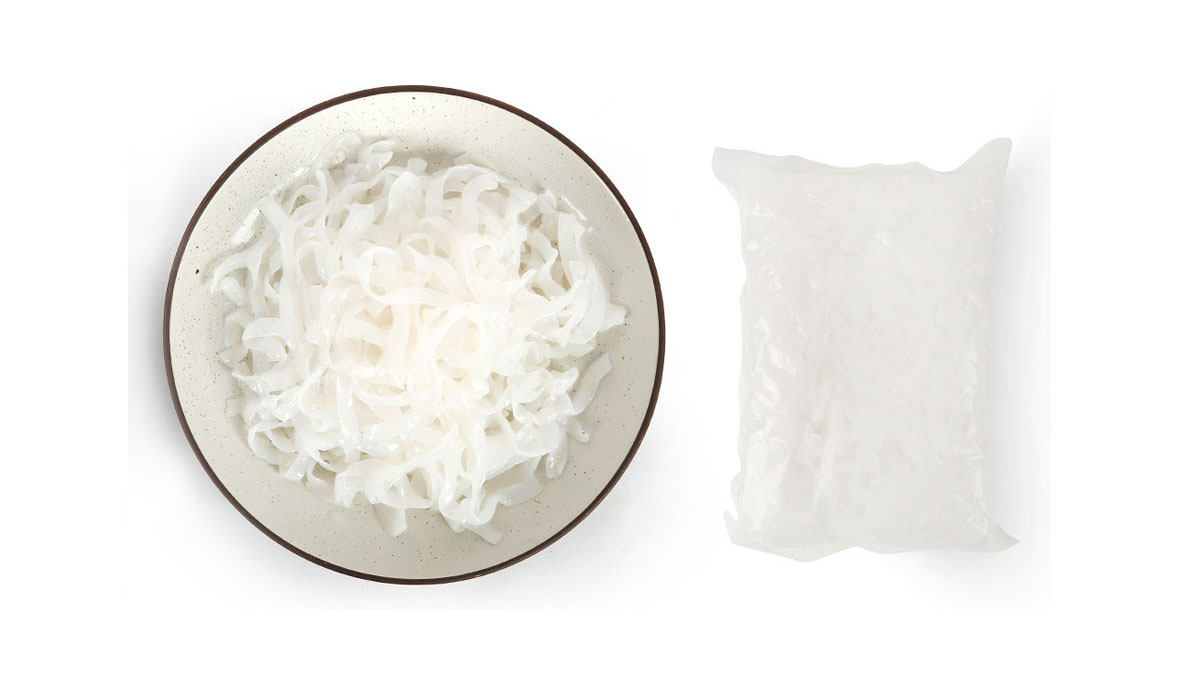
9. High-protein noodles (GI ≈ 30-40, low)
High-protein noodles are a new category in recent years. They usually add soy protein, whey protein, or pea protein to wheat flour, and even dietary fiber.
This formula not only lowers the GI, but also increases protein intake, which is beneficial for blood sugar stability and muscle health.
Advantages:
- Protein can slow gastric emptying and reduce blood sugar fluctuations.
- It’s a better staple food choice for athletes and those trying to control their blood sugar.
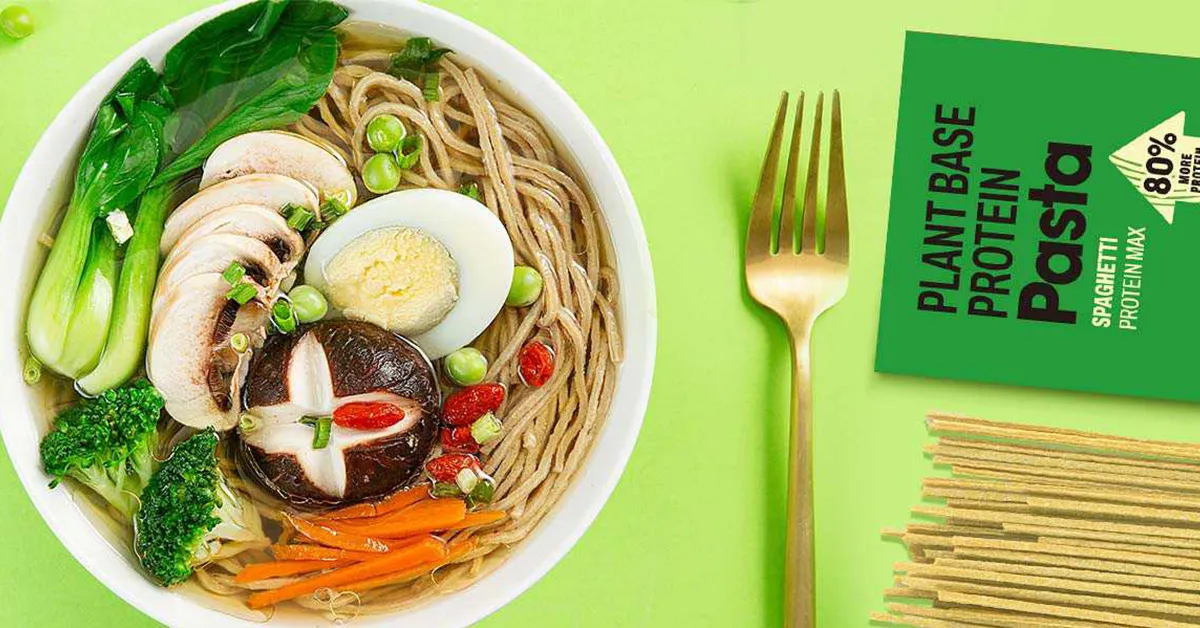
10. Whole Grain Multigrain Rice (GI = 50–60, medium-low)
If you like rice, whole grain rice is much friendlier than white rice.
Cooking rice with brown rice, oats, quinoa, and red beans can significantly lower the overall GI.
Tips: Eat with vegetables and protein sources (chicken breast, eggs, tofu) to stabilize sugar-friendly.
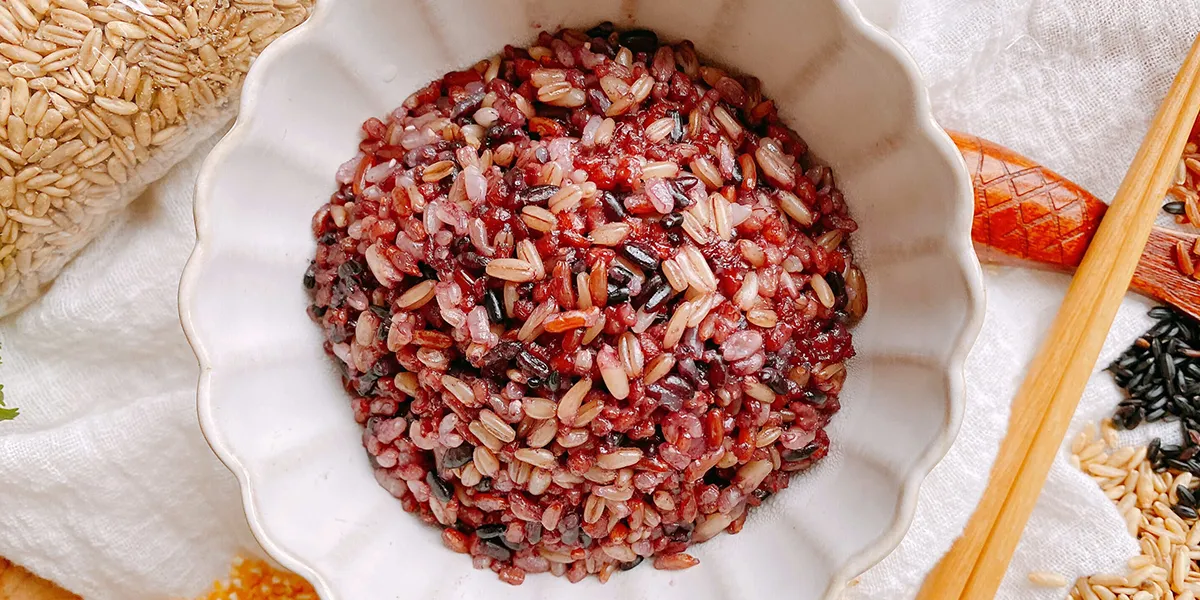
11. Oats (GI = 40–55, low–medium)
Oats are a breakfast staple in Europe and America.
Traditional “old-fashioned rolled oats” have a low GI value (~40–50).
Key points for purchase:
- Instant oats have a higher GI (~65–75) and are not recommended for individuals managing their sugar intake.
- Opt for steel-cut oats or rolled oats instead.
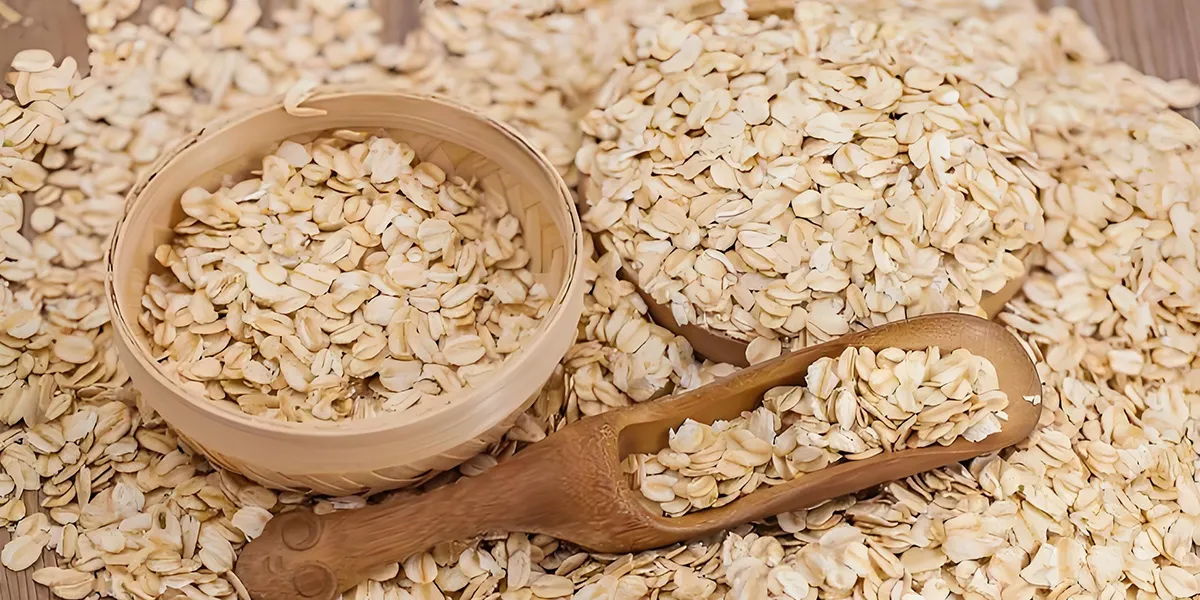
12. Quinoa (GI = 35–53, low–medium)
A grain native to South America, a star in healthy diets across Europe and America.
- Rich in protein (approximately 14%), dietary fiber, and minerals.
- The GI value ranges from 35–53, which is low to medium.
The advantage is that it is nutritionally complete and suitable as a rice substitute.
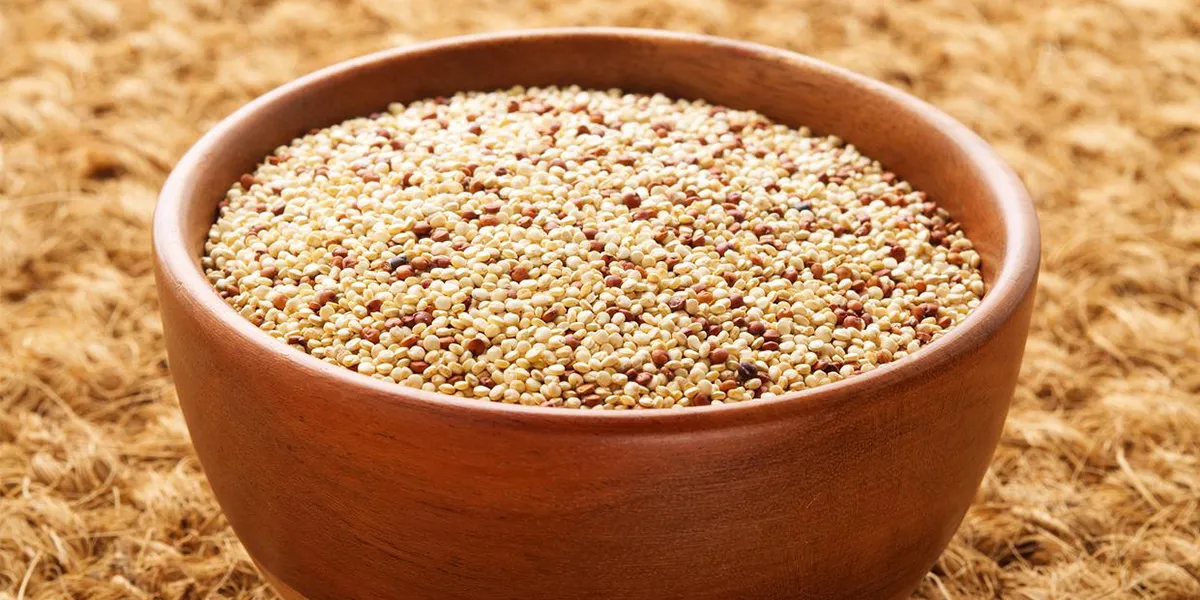
13. Lentils (GI = 21–30 low)
Lentils are a common “high-protein legume” on European and American tables and have a very low GI.
- Rich in protein (25%) and fiber.
- Great in soups, salads, or as a cereal alternative.
Very low GL, very blood sugar-friendly.
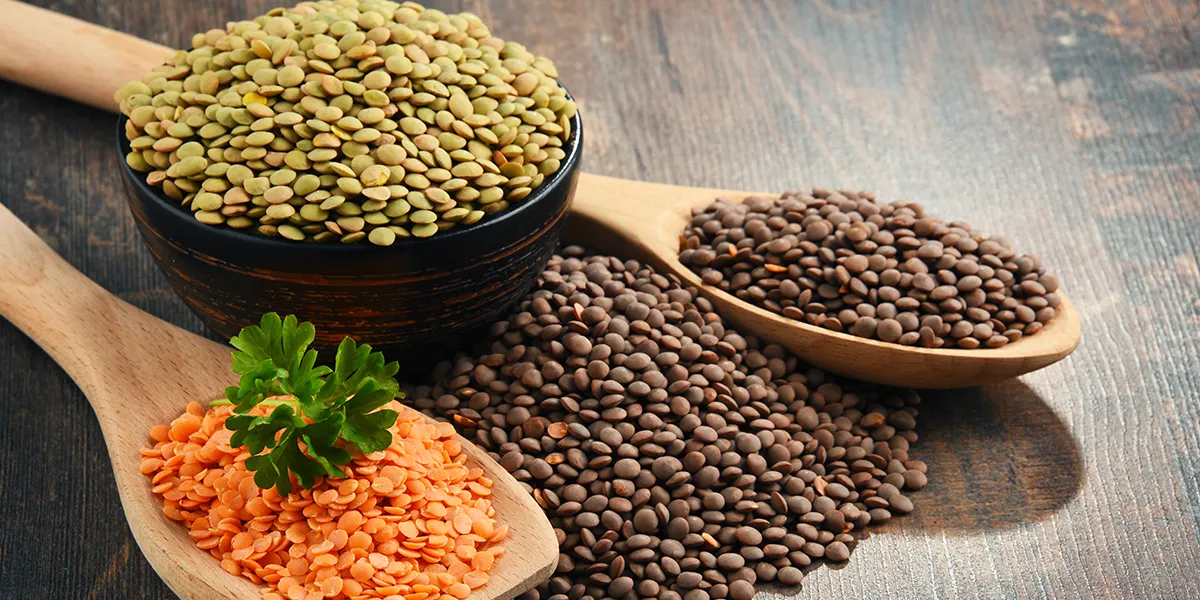
14. Barley (GI = 28–35, low)
- Rich in soluble dietary fiber (β-glucan).
- Studies indicate that barley significantly reduces postprandial blood glucose and cholesterol levels.
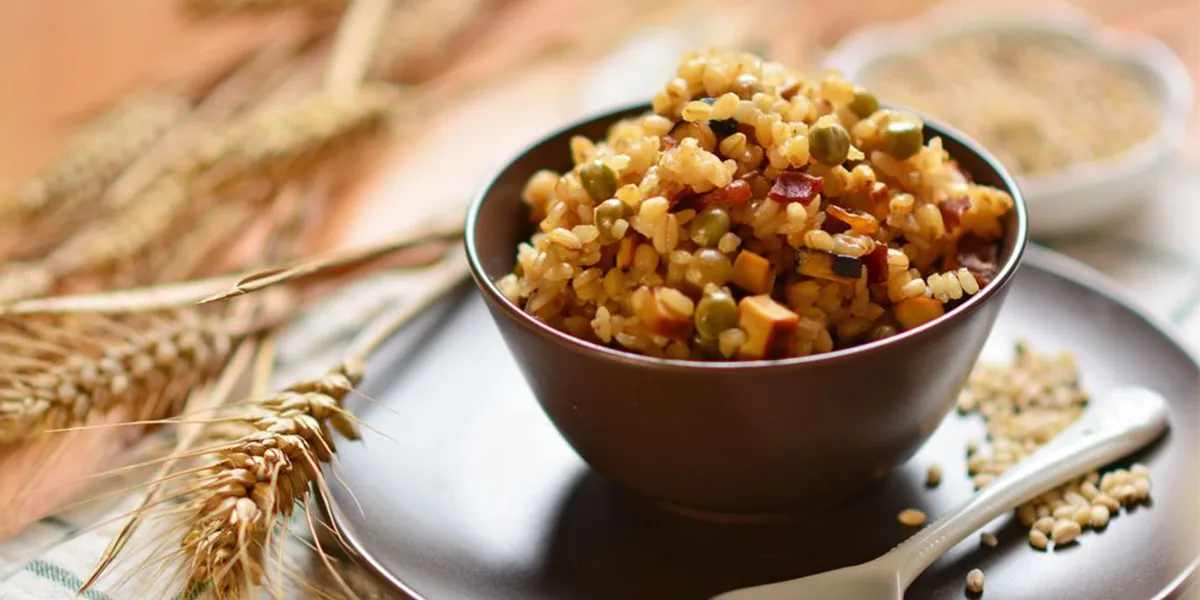
15. Cauliflower rice (GI≈0, extremely low)
A favorite among low-carbon dieters in Europe and America, using finely chopped cauliflower as a rice substitute.
- Virtually starch-free, with a GI of approximately 0.
- Low in calories and high in fiber, making it ideal for diabetics or those following a low-carb diet.
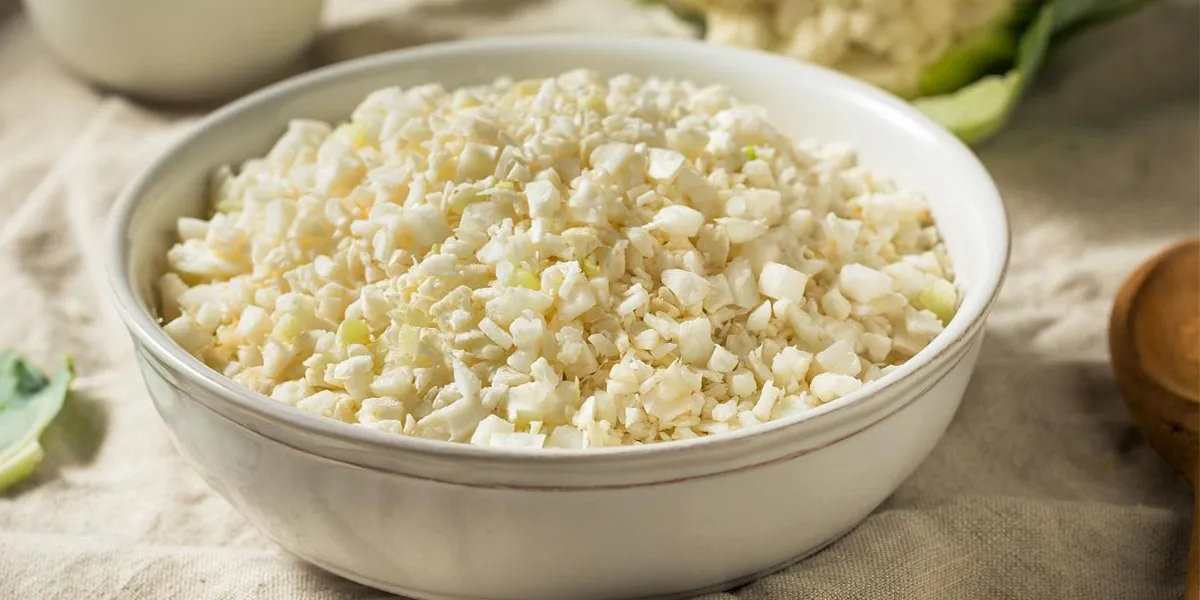
16. Rye bread (GI = 41–55, low–medium)
A whole-grain staple particularly common in Northern Europe.
- Rye bread digested more slowly due to its higher fiber and resistant starch content.
- Sourdough rye bread has a lower GI and is more blood sugar-friendly.
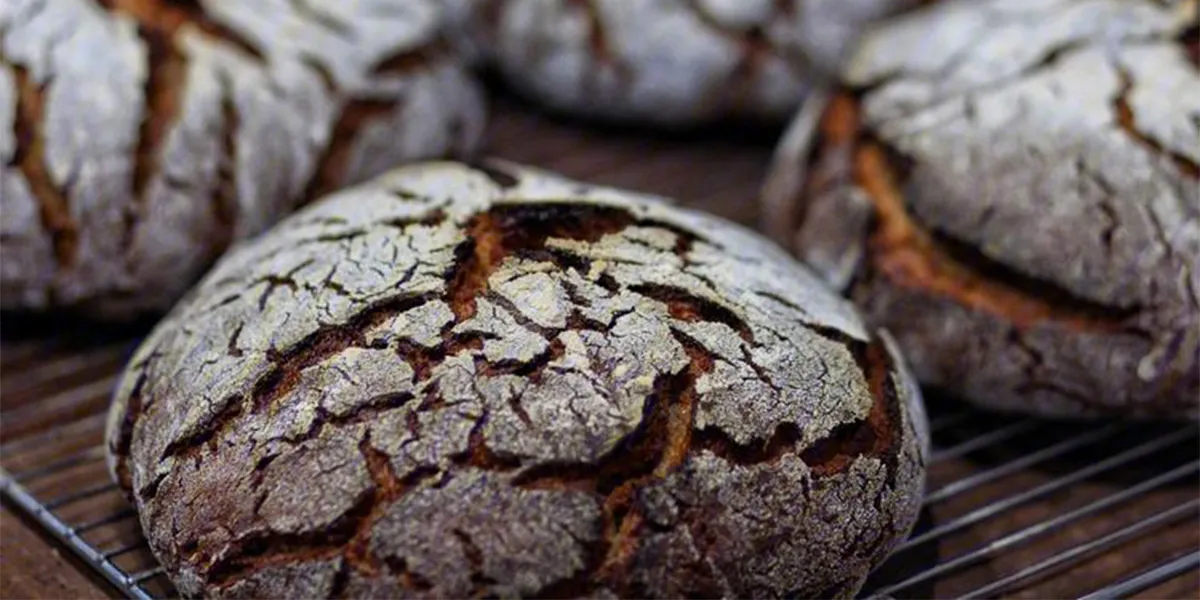
17. Corn tortilla (GI = 46–52, low–medium)
A staple food commonly found in Mexico and the southern United States.
- Compared to wheat bread, corn tortillas have a lower glycemic index.
- In particular, “whole-grain corn tortillas” are better than those made from refined corn flour.

Functional noodles, which have gained popularity in Europe and America in recent years, are made using chickpea flour instead of wheat flour.
- Contains ~20% protein and is rich in fiber.
- With a lower GI than traditional pasta, it competes in the “high-protein pasta” category.
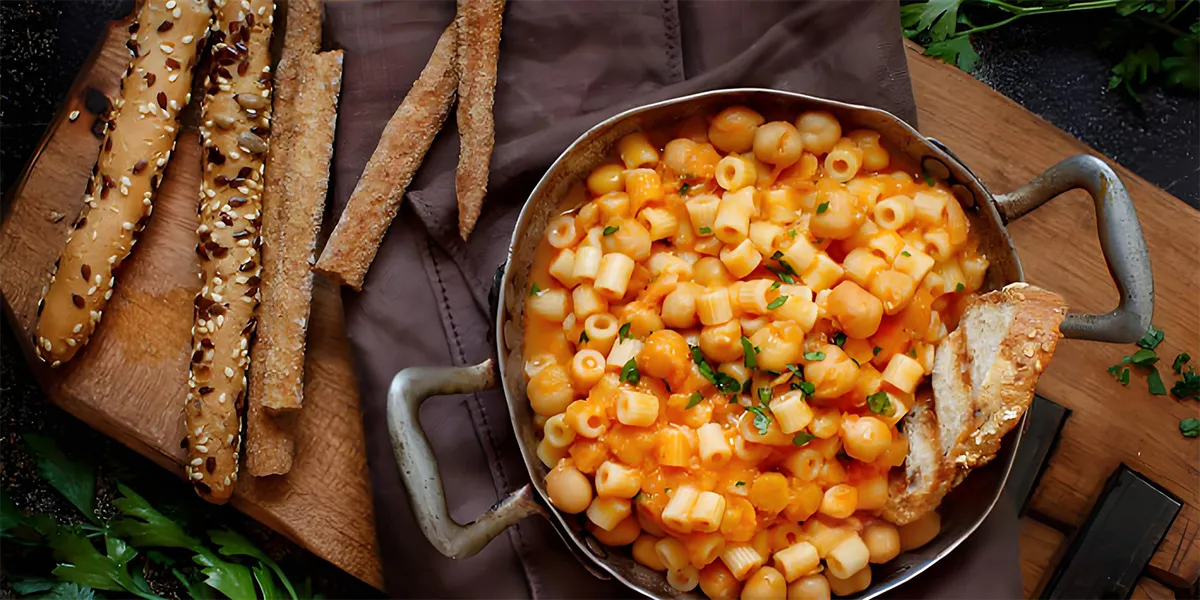
Blood Sugar-friendly Staple Foods: GI & GL Comparison (per 100g edible portion)
Food | GI | Available Carbs (g/100g) | Estimated GL | Friendliness Level |
Konjac noodles | ~0 | ~1 | ~0 |
|
High-protein pasta | 30–40 | 20–25 | 6–10 |
|
Durum wheat pasta (Italian pasta) | 33–52 | 25–28 | 8–14 |
|
Rice noodles | 51–70 | 23–27 | 12–18 |
|
Potato / sweet potato noodles vermicelli | 14–35 | 20–25 | 3–9 |
|
Udon noodles | 38–62 | 25–28 | 10–17 |
|
Buckwheat noodles (soba, whole grain) | ~59 | 23–26 | 13–15 |
|
Hummus (chickpea paste) | 22 | 15–20 | 3–5 |
|
Black rice porridge | 42 | 15–18 | 6–7 |
|
Mixed grain rice (brown rice + beans) | 50–60 | 25–30 | 12–18 |
|
Oats (steel-cut / rolled) | 40–55 | 20–23 | 8–12 |
|
Quinoa | 35–53 | 21–23 | 7–12 |
|
Lentils (cooked) | 21–30 | 15–20 | 3–6 |
|
Barley (cooked) | 28–35 | 22–25 | 6–9 |
|
Cauliflower rice | ~0 | 3–4 | ~0 |
|
Rye bread (whole grain) | 41–55 | 40–45 | 16–24 |
|
Corn tortilla (whole grain) | 46–52 | 40–45 | 18–23 |
|
Chickpea pasta | 35–45 | 20–23 | 7–10 |
|
Key Takeaways
Excellent (GL < 5): Konjac noodles, cauliflower rice, lentils, hummus → almost no blood sugar spikes.
Very Good (GL 6–12): High-protein pasta, durum wheat pasta, oats, quinoa, barley, chickpea pasta → balanced and nutritious.
Moderate (GL 12–18+): Rice noodles, udon, buckwheat noodles, mixed grain rice, rye bread, corn tortillas → acceptable in moderation, best paired with protein and vegetables.

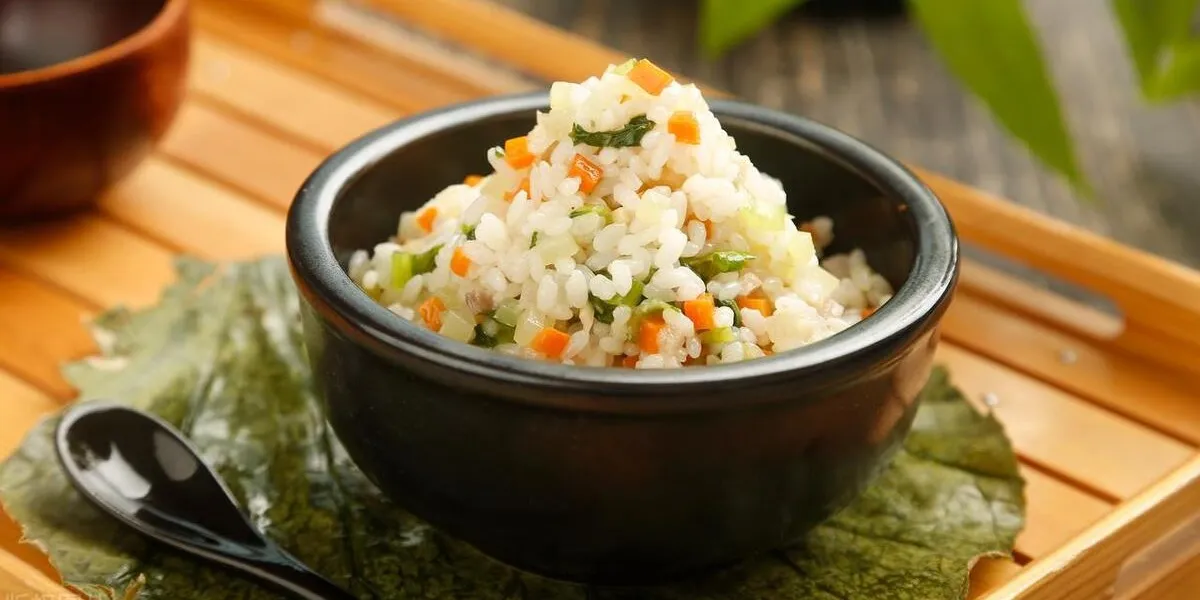
 Excellent (almost no impact)
Excellent (almost no impact)


